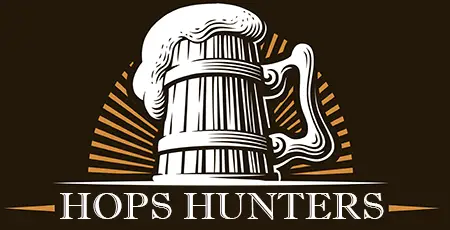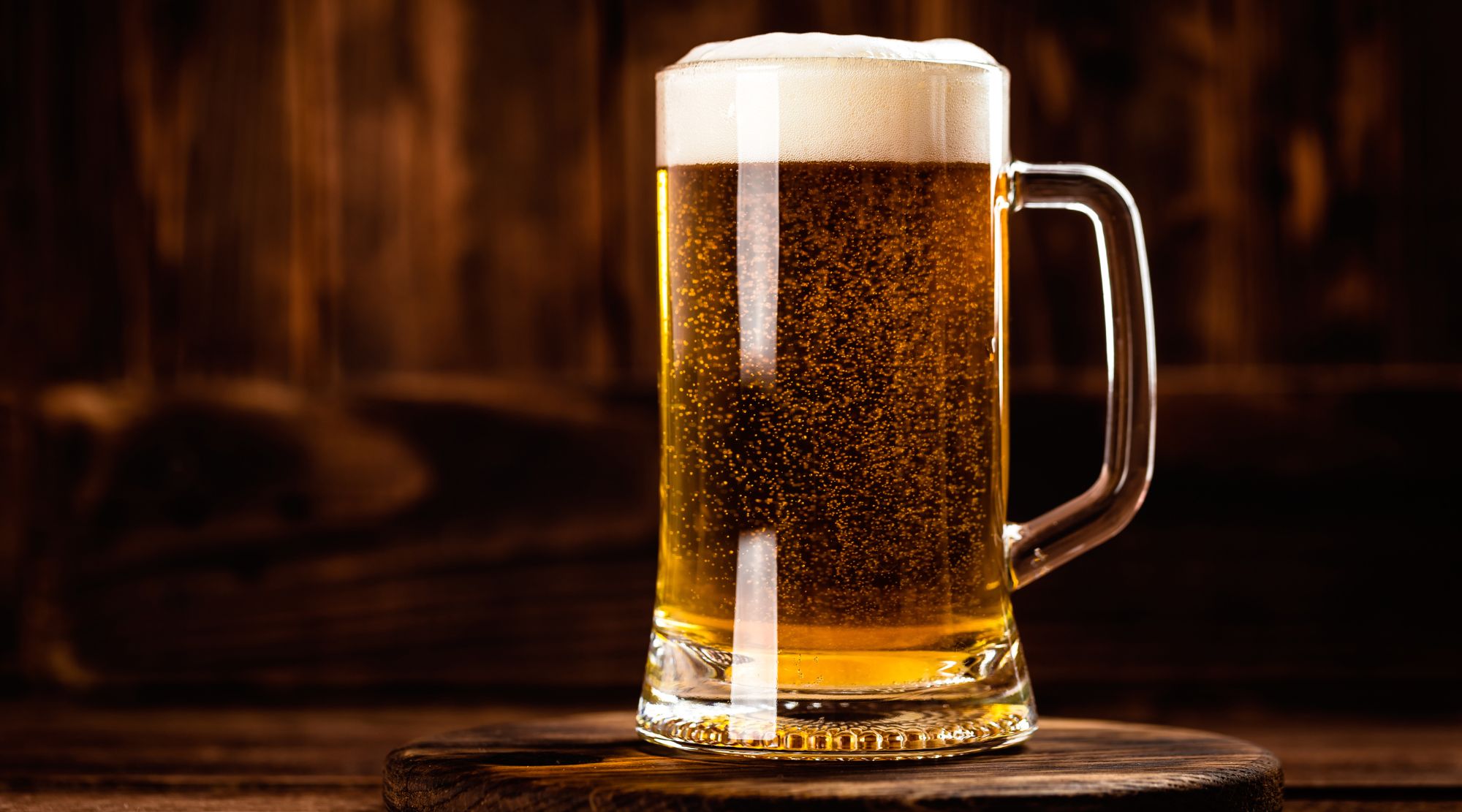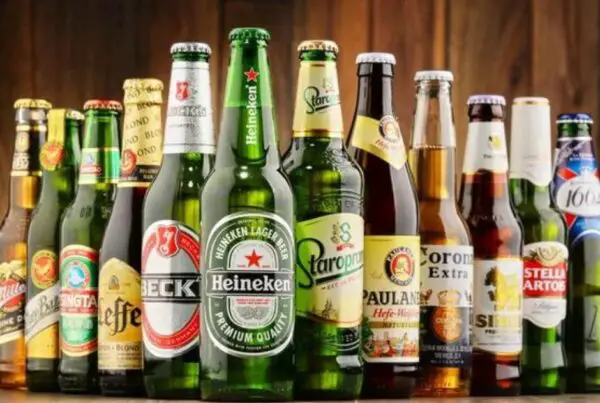Ever wondered why so many strong beers tend to top out around that 11% alcohol by volume (ABV) mark?
If you haven’t, well, you’re about to get schooled anyway. Crack open a cold one, and let’s get into it:
Let’s Talk About Yeast
Yeast is a party animal—well, a “party fungus” technically. It loves sugar. Can’t get enough of it. The more sugar (or malt) you give it, the happier it is.
Yeast munches on the sugar, and in a process that makes high-school biology seem worth it, converts it into alcohol and carbon dioxide. (This is the fermentation process.)
If you brew beer at home, you may think, “Well, why not add more sugar and let the yeast go wild?”
Well, yeast is also fussy. It has a specific “comfort zone.” Too hot? Too cold? Too much alcohol? Yeast throws in the towel.
It’s kind of the Goldilocks of the microbial world—everything has to be “just right.”
And that’s where we hit our first snag.
Pushing It to The Limit
Yeast has a limit to how much sugar it can handle. Past a certain point, it can’t process it anymore. It either slows down, or just stops completely.
The high water mark for most beer yeast strains is around 8 to 11% ABV. Beyond that point, yeast starts waving the white flag. It’s had enough. It just can’t convert any more sugar into alcohol.
What About Beers That Are Stronger Than ~11% ABV?
Right about now, you’re probably thinking: “I’ve seen plenty of beers that are way stronger than ~11% ABV. So what’s up with that?”
Or “What about barleywine? Or Eisbock? Those beers are stronger than ~11% ABV. But how?”
Well, some beers do indeed have higher alcohol content, nudging past the 11% ABV threshold. But as the old saying goes, fermentation can only get you so far.
Take Eisbock, for example. Eisbock brewers freeze the beer, and since alcohol freezes at a lower temperature than water, they can remove some of the ice, concentrating the remaining brew.
As for barleywines, they basically cram as much malt—and thus sugar—as possible into the brew, letting the yeast feast until they can’t feast anymore. In other words, they push it to the limit, then take it maybe one step more. (Honestly, it’s not so much about pushing the yeast beyond their capacity, as it is about maxing out their potential.)
Also while most yeast strains start to tap out around 8 to 11% ABV, there are certain strains—like those used for brewing certain Belgian ales, or making wine—that can push that up to around the 15 to 20% ABV range. But even these strains have their limits.
For anything beyond that, you’ve got to pull out the big guns: distillation. And that’s a whole different ball game, involving heating and cooling to separate alcohol from the rest of the mix based on different boiling points. But we’re here for the beer, not moonshine, so let’s not get too sidetracked with all that.
What About Those Beers with Extremely High ABV%?
When you see just absurdly high ABV percentages on beers, they’re almost certainly using either distillation, a freezing process like Eisbock, or most likely, they’re fortified with alcohol. Which some brewers might call cheating.
But are they even still beers when they’re boasting 55% ABV on the label? That’s up for debate. Technically, they’re made with the same basic ingredients—water, malt, hops, and yeast. But it’s a little like calling a monster truck a car. They both have wheels and an engine, so basically the same thing, right?
Once you’re around this ABV level in beer, the lines between beers and spirits start to get a bit blurrier, and things start to get a little hazy—and not just in a New England IPA kind of way.
Is There Yeast with a Super Strong Alcohol Tolerance?
Other than the ones mentioned earlier in the article, through selective breeding (and certainly some kind of genetic modification) you can engineer “super-yeast” strains that can potentially create higher alcohol levels during fermentation.
But why?
Extreme alcohol content can mess with the flavor of the beer. It can make “beer” taste more like vodka or isopropyl alcohol. And doesn’t that kind of miss the point?
Who Makes The Highest ABV Beer in the United States
We knew this would be the next question. Well, Sam Adams Brewing has a beer that clocks in at 28% ABV and is considered the highest ABV beer in the United States. The name of this masterpiece? Utopias.
This brew is barrel-aged and pushes that limit between beer and Spirit. Sam Adams says “At 28%, it’s the badass of our brewery. Its reputation puts it on every beer drinker’s bucket list.” Just don’t drink too many of these or you may end up head first into a bucket.
The Last Drop
The ~11% ABV range isn’t an arbitrary percentage that most brewers choose to stay behind, it’s based on biological limitations—not to mention taste preferences. It’s the sweet spot of high ABV beers, beyond which you get diminishing returns on the whole beer drinking experience.
Yes, it’s technically possible to break the sugar barrier or just pour a bunch of alcoholic spirits into a beer and say it’s “89% ABV.” But that doesn’t necessarily mean we always should.
Not everything has to be a session beer, but not every beer has to be a test of your liver’s endurance, either.
It’s easy to get caught up in the thrill of the “high ABV beers” chase, the pursuit of ever-stronger brews that blur the lines between beer and, well… rubbing alcohol. But beer isn’t just about how much it can knock you off your feet—it’s about enjoyment, about savoring each sip, about the way it complements a meal, or the way it eases you into a conversation with an old friend.
In other words, it’s the flavor, the foam, the tradition, and the craft that truly define a beer—not merely the strength of its punch.
So now that you’re practically a walking encyclopedia on yeast and ABV, why not put all that new knowledge to good use? Dive deeper into the world of beer by checking out Hops Hunters’ beer reviews and local brewery reviews!






